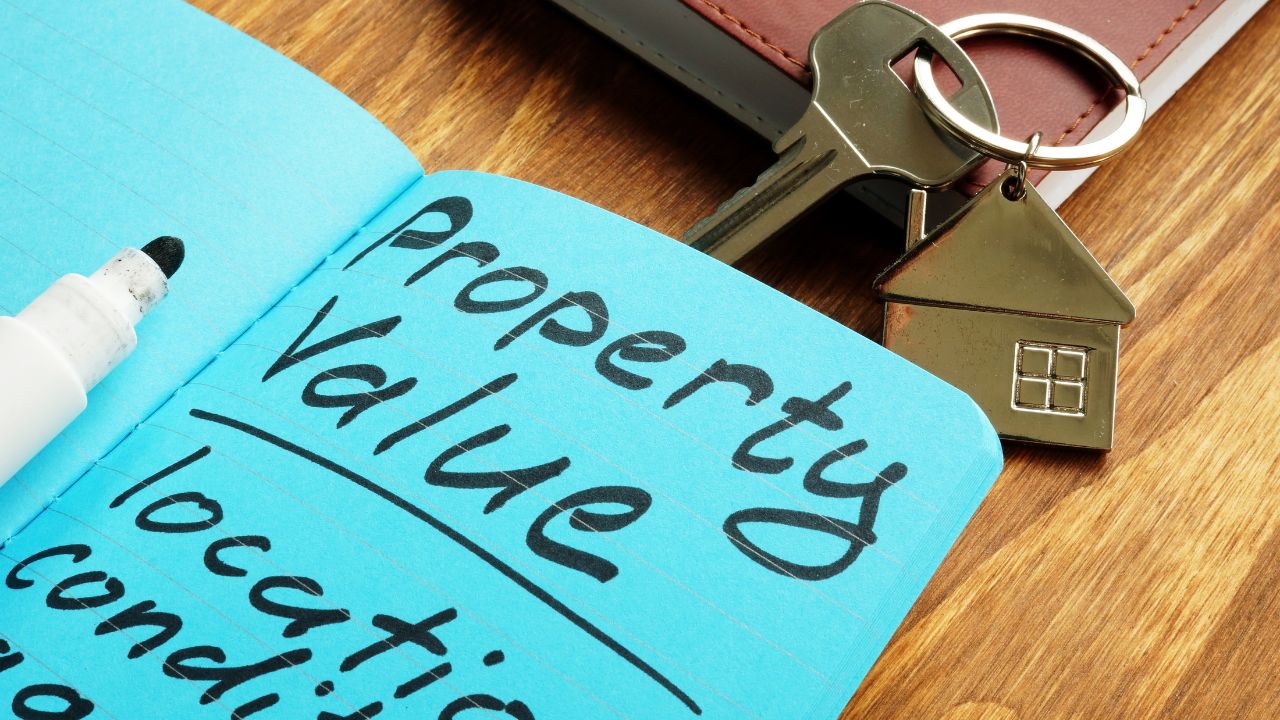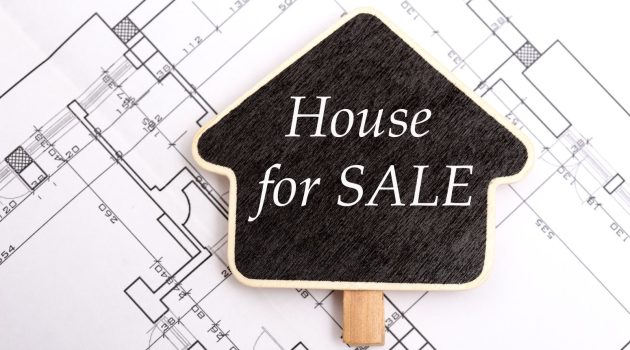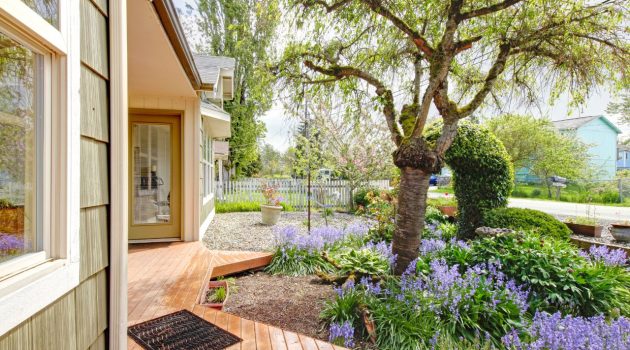Homeownership comes with many benefits, including the opportunity to increase the value of your property over time.
There are numerous ways to upgrade your home and elevate its market worth.
However, it is crucial to balance the improvement’s cost and the prospective value it will add to the property.
Some of the best upgrades that can appeal to potential buyers include increasing usable square footage, making the house more energy-efficient, and strategic aesthetic enhancements.
In addition to improving your home’s value, several ways exist to capitalize on the increased equity.
1. Leveraging Your Home’s Value
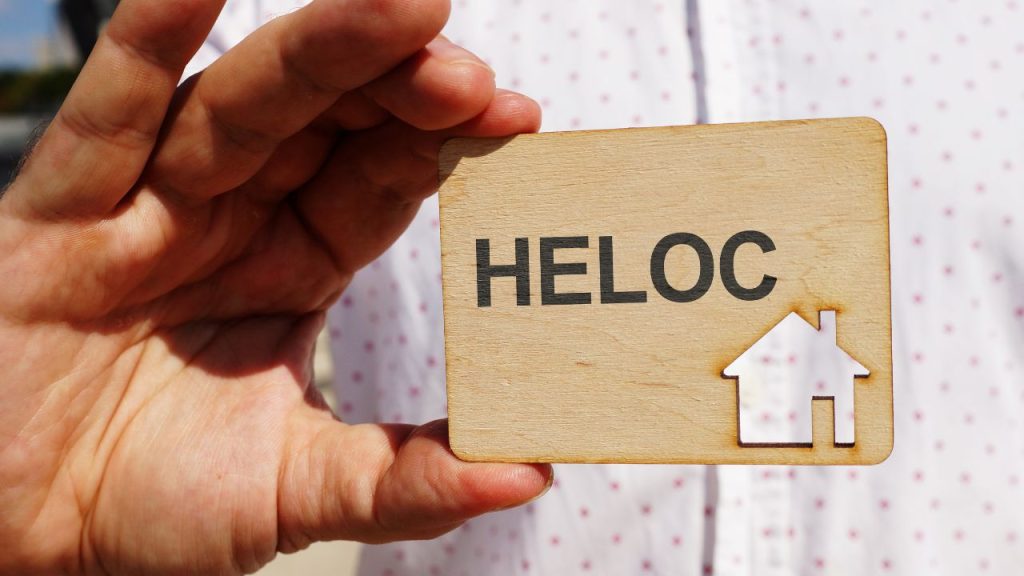
Aside from being a place of comfort and belonging, a home can also be a powerful financial tool. One common way to utilize your home’s increased value is through a Home Equity Line of Credit (HELOC).
A HELOC allows homeowners to borrow against the value they have built in their property.
With typically lower interest rates than credit cards, a HELOC could be a smart way to finance major expenses such as college tuition, home improvements, or debt consolidation.
During the draw period, homeowners make minimum monthly payments towards the loan’s interest.
After this period, the repayment period begins, where the rest of the loan balance needs to be paid off.
It’s important to consider that failure to repay a HELOC could result in losing your home, so careful financial planning is essential.
2. Expanding Your Home’s Usable Space
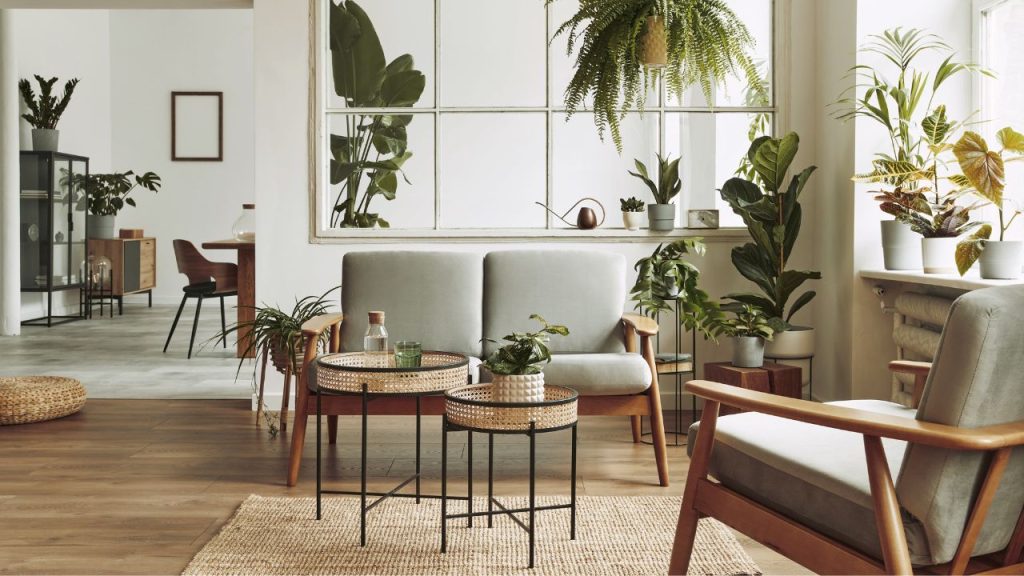
In the world of real estate, square footage is king. Every square foot counts when calculating a home’s value.
So, maximizing your home’s usable space can significantly increase its market value. Consider adding a mother-in-law suite or a finished basement.
This increases the livable square footage and provides a multi-generational living option or a potential rental income source, which can be attractive to prospective buyers.
If you plan to stay in your home for the foreseeable future, adding more space can enhance your enjoyment of the property and cater to your family’s changing needs.
Even small-scale modifications like closet organization systems, built-in shelving, or creating an outdoor living space can boost your home’s value.
3. Investing in Energy-Efficiency
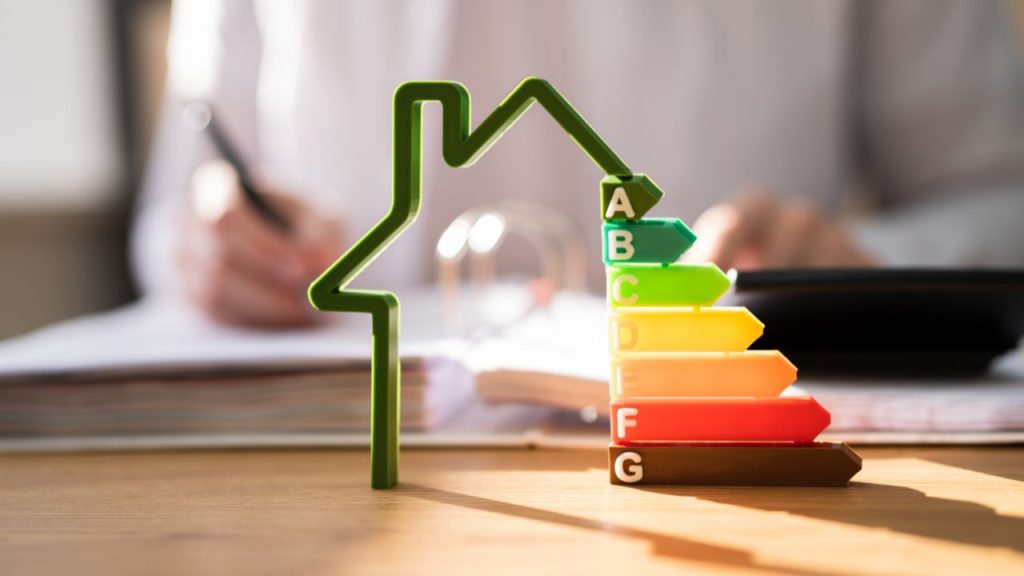
Energy-efficient upgrades are not only beneficial to the environment but also to your wallet.
They can significantly reduce utility bills, increase comfort, and make your home more appealing to eco-conscious buyers.
Consider installing a smart thermostat that allows you to remotely control your home’s temperature, optimizing energy usage based on your family’s schedule.
Improving insulation, replacing old windows with energy-efficient ones, and upgrading to Energy Star-rated appliances can also make a big difference in energy consumption and the overall appeal of your home.
These enhancements show prospective buyers that the house has been well-cared for and can offer them savings in the long run.
4. The Power of a Fresh Coat of Paint
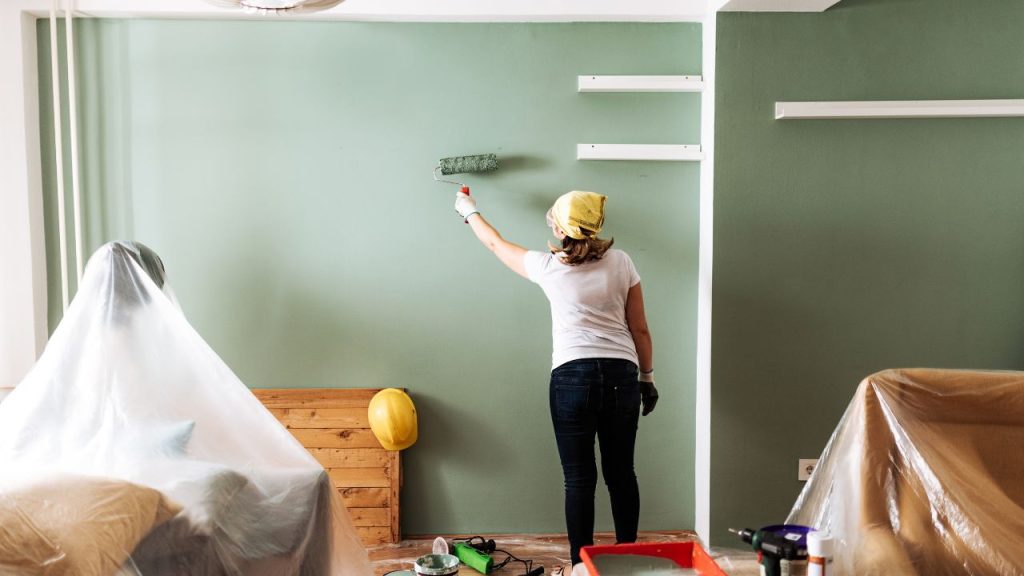
Remember to underestimate the power of paint when boosting your home’s value.
Fresh, neutral colors can brighten spaces, create the illusion of larger rooms, and make your home look cleaner and more modern.
Whether you want to design a bedroom that supports mental health or create a warm and cozy living room, paint colors have a huge effect on not only your mood but the home’s value as well.
A well-chosen color scheme can set the mood of a room, influencing the perceived temperature, size, and overall feel.
For example, more excellent colors make a room feel larger and more calming, while warmer colors can create a cozy and intimate atmosphere.
When painting, consider current trends but remember that neutrals usually appeal more to buyers.
5. Opt for High-Return Upgrades
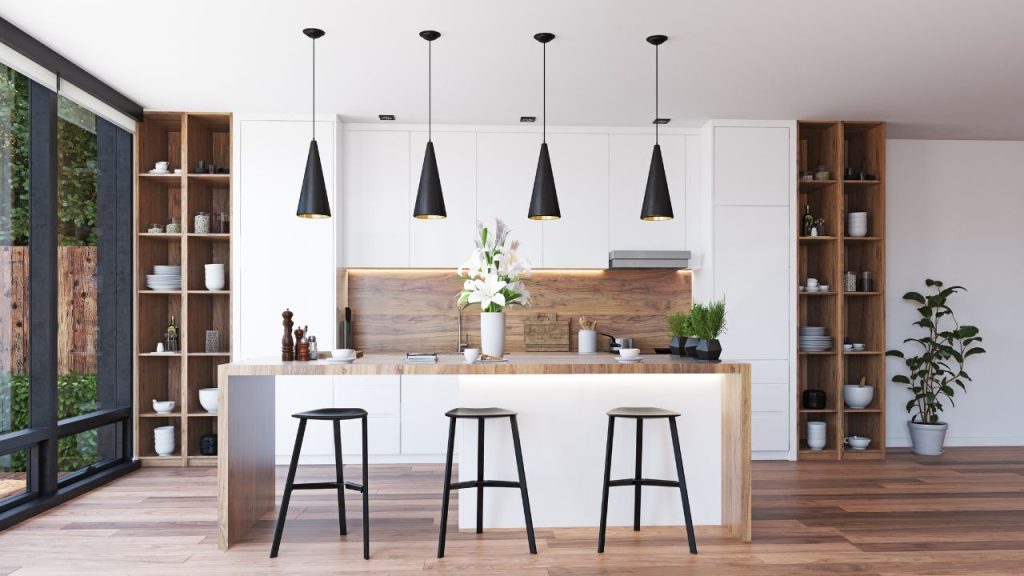
While it’s true that all home improvements can increase your property’s value to some extent, certain projects offer a higher return on investment (ROI) than others.
For instance, minor kitchen remodels, including updating finishes or replacing old appliances with energy-efficient ones, can significantly boost value.
Bathrooms are another area where upgrades can pay off, such as adding a double vanity or updating fixtures.
If your home’s structure and budget allow, consider creating an open floor plan, a popular trend in modern home design.
Open floor plans make your home feel larger and allow for better flow and visibility throughout the main living areas.
6. Landscaping for Increased Curb Appeal
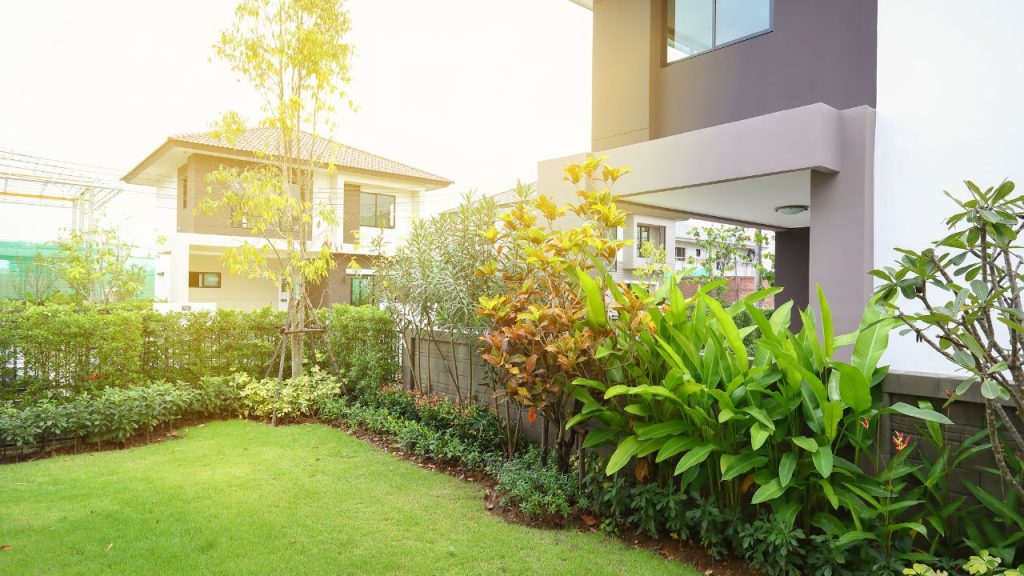
First impressions matter, especially when it comes to selling a home.
Investing in landscaping enhances your home’s aesthetic appeal and contributes to a positive first impression that can attract potential buyers.
Planting native trees and shrubs, adding a well-maintained lawn, and incorporating outdoor features like patios, decks, or fire pits can significantly enhance your property’s exterior.
Be sure to balance beauty with maintenance requirements; a beautifully landscaped yard that demands high upkeep can deter some buyers.
7. Maintenance and Repairs
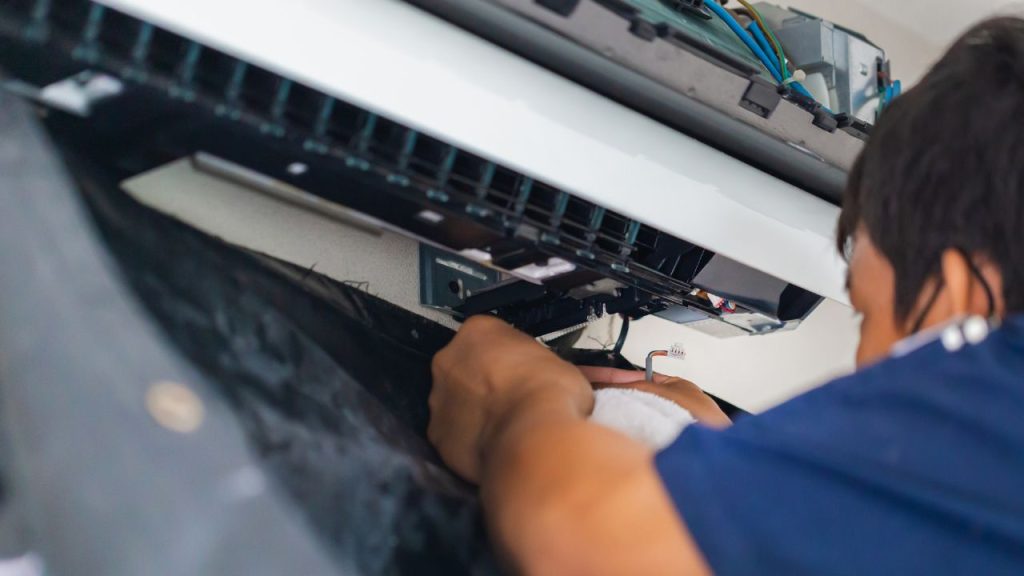
Beyond making upgrades, routine maintenance and timely repairs are crucial in maintaining and increasing your home’s value.
A home that’s been well cared for is more attractive to buyers and less likely to have hidden issues that could affect the selling price.
Make sure to promptly address any roofing issues, water leaks, or structural problems.
Also, regular tasks like servicing the HVAC system, cleaning gutters, and checking for pests can prevent minor issues from turning into major, costly repairs.
Conclusion
Increasing your home’s value is a strategic process that involves careful planning and execution.
From major projects like adding square footage to smaller tasks like applying a fresh coat of paint, every improvement contributes to the overall value of your property.
More importantly, these upgrades can significantly enhance your enjoyment of your home, making it not just a valuable asset but a more comfortable place to live.
Using your home’s increased value can be a financial strategy, especially with options like a HELOC.
It can be a practical way to fund major expenses like home improvements and education costs or even to consolidate debt.
Remember, every home and every market is unique.
Understanding your local real estate market and your financial situation is crucial before making significant home improvements or financial decisions.
Consulting with real estate and financial professionals can provide guidance tailored to your specific circumstances, ensuring that your efforts to increase and use your home’s value are practical and beneficial.
